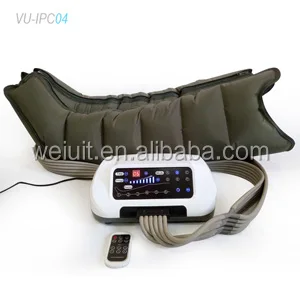

Venous duplex imaging was performed every 5 to 7ĭays until discharge. With optimal compression using the same decision Placed into a “no heparin group” and likewise were managed Patients who were not candidates for heparin were More effective venous flow velocity and volumetric venousįlow associated with a smaller diameter of the femoral vein. The combined use of compression stockings and an IPCĭevice was shown by Abu-Own and colleagues to produce Or other clinical factors, a foot arteriovenous impulse device Patient could not wear an SCD because of associated wounds Optimal compression was defined as a sequential compressionĭevice (SCD) applied over antiembolic stockings.

Were randomized to either LMWH or optimal compression. To receive heparin were classified as “the heparin group” and
#INT PNEUMATIC COMPRESSION DEVICE TRIAL#
Randomized trial evaluating LMWH versus optimal compression Subsequent studies of high-risk trauma patients haveĪllowed insight into the relative benefit of IPC, the potentialĭifferences of foot compression versus calf-thigh compression,Īnd the relative risk of IPC versus low-molecular-weight

3-6,8 When heparin was the comparator, IPC results continued to appear favorable, and as might be expected, wound drainage andīleeding complications occurred less often in patients in the 1-3 Early trials compared IPC to no treatment, 1,2 and subsequent trials compared IPC to pharmacologic (heparin) prophylaxis. Significant reduction in venographically provenĭVT following total hip and knee replacement. Thrombosis (DVT) in hospitalized, high-risk (IPC) is effective in preventing deep vein There is a large body of evidence documenting


 0 kommentar(er)
0 kommentar(er)
